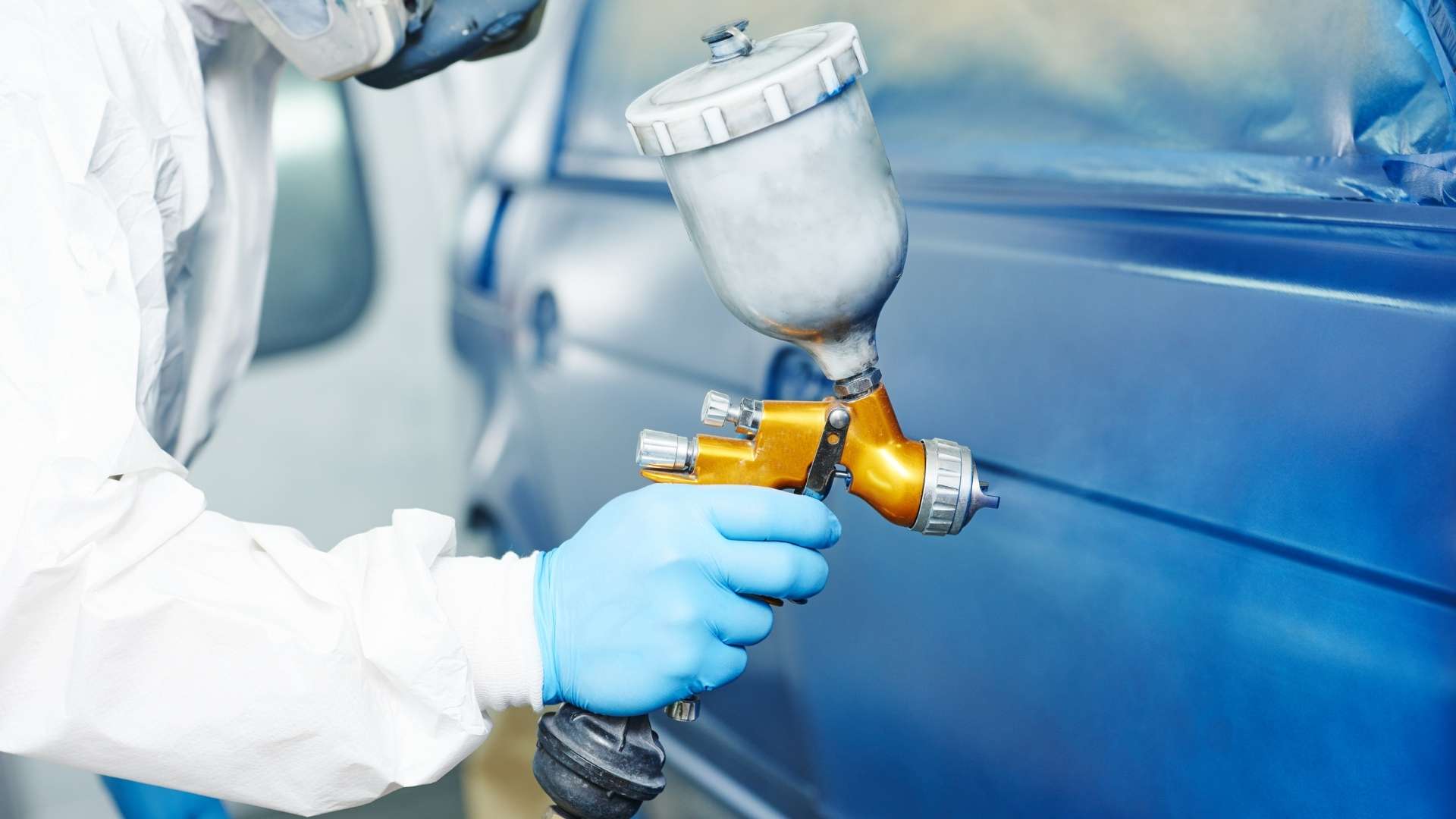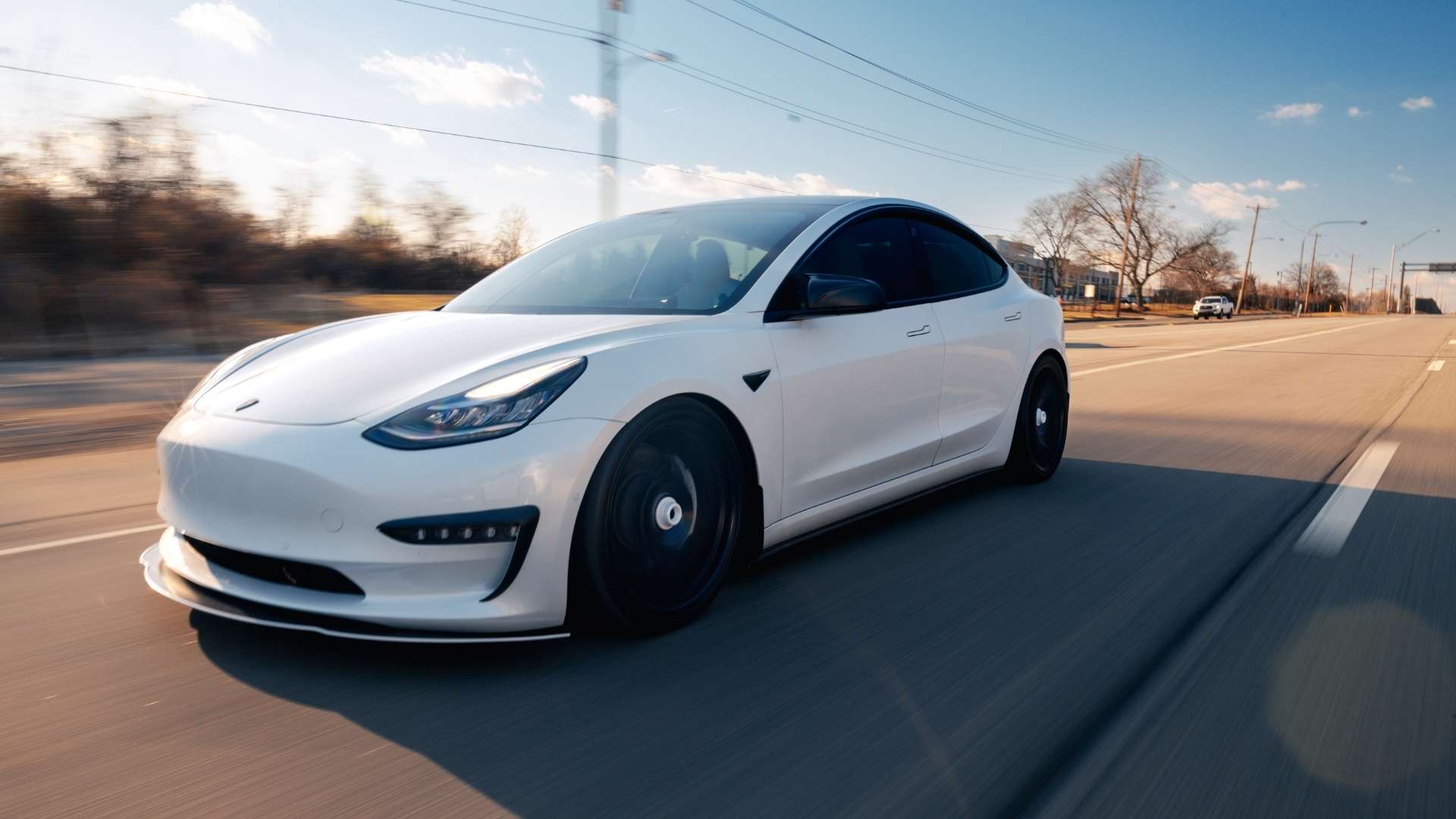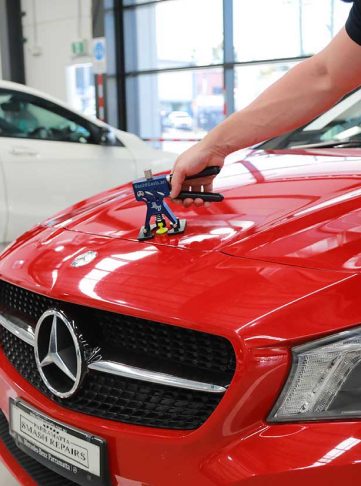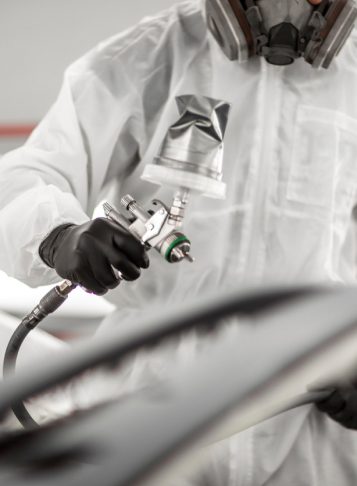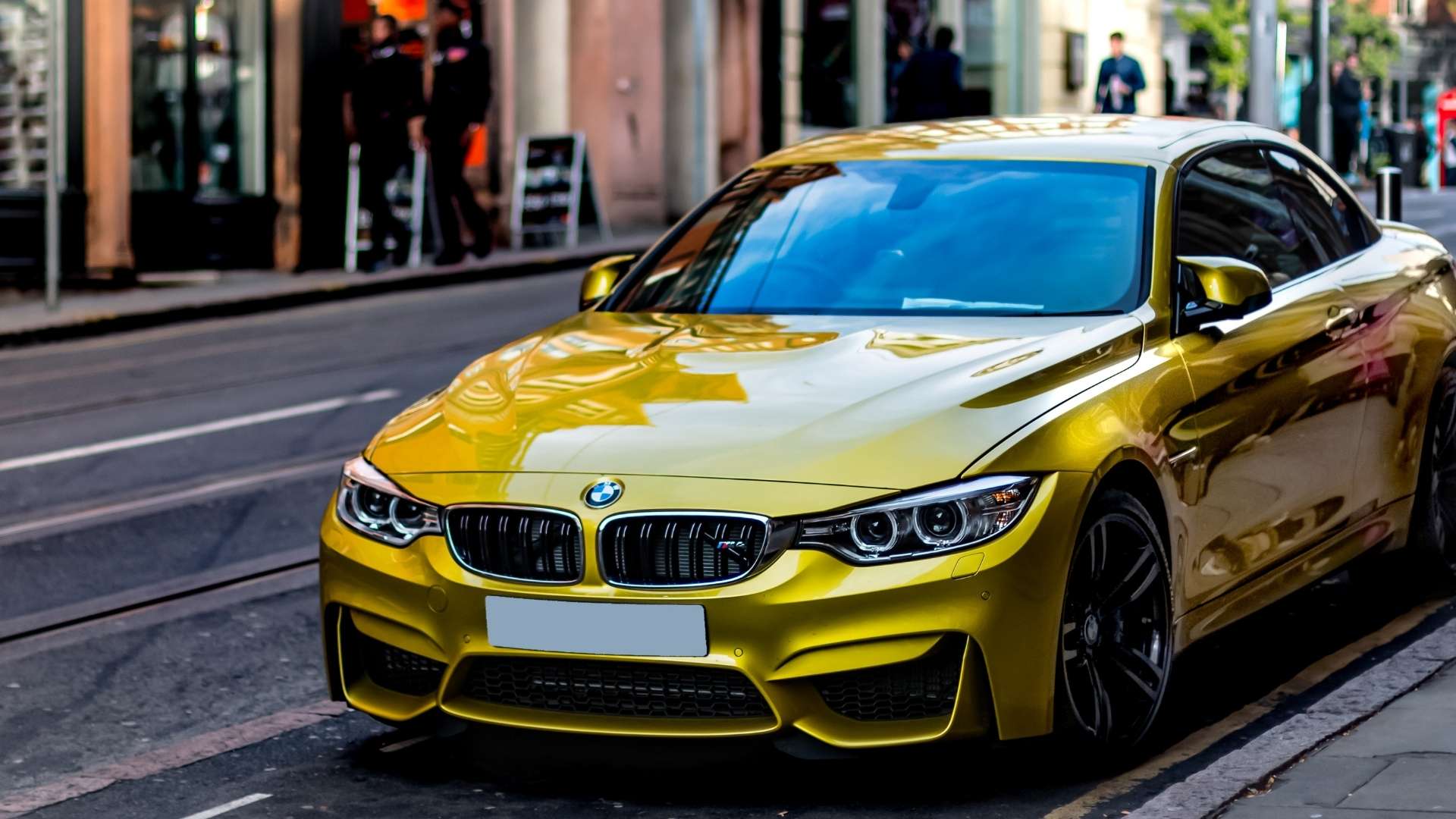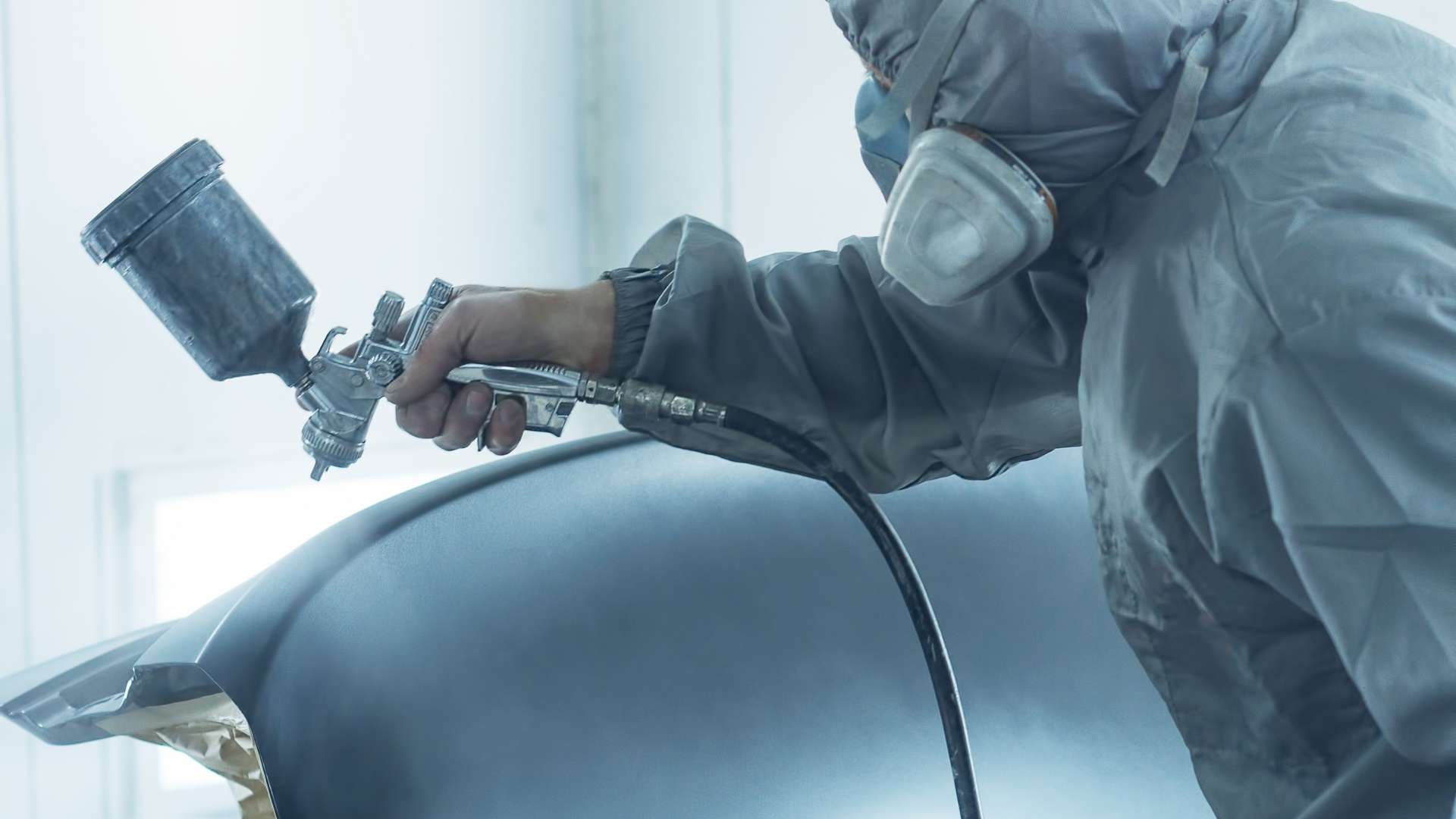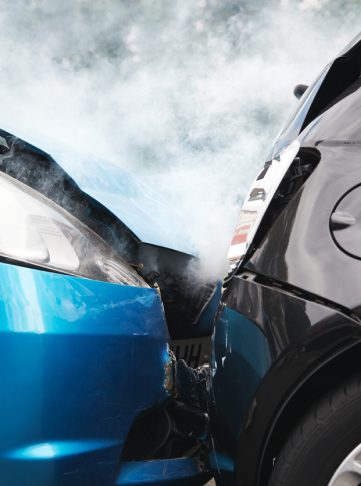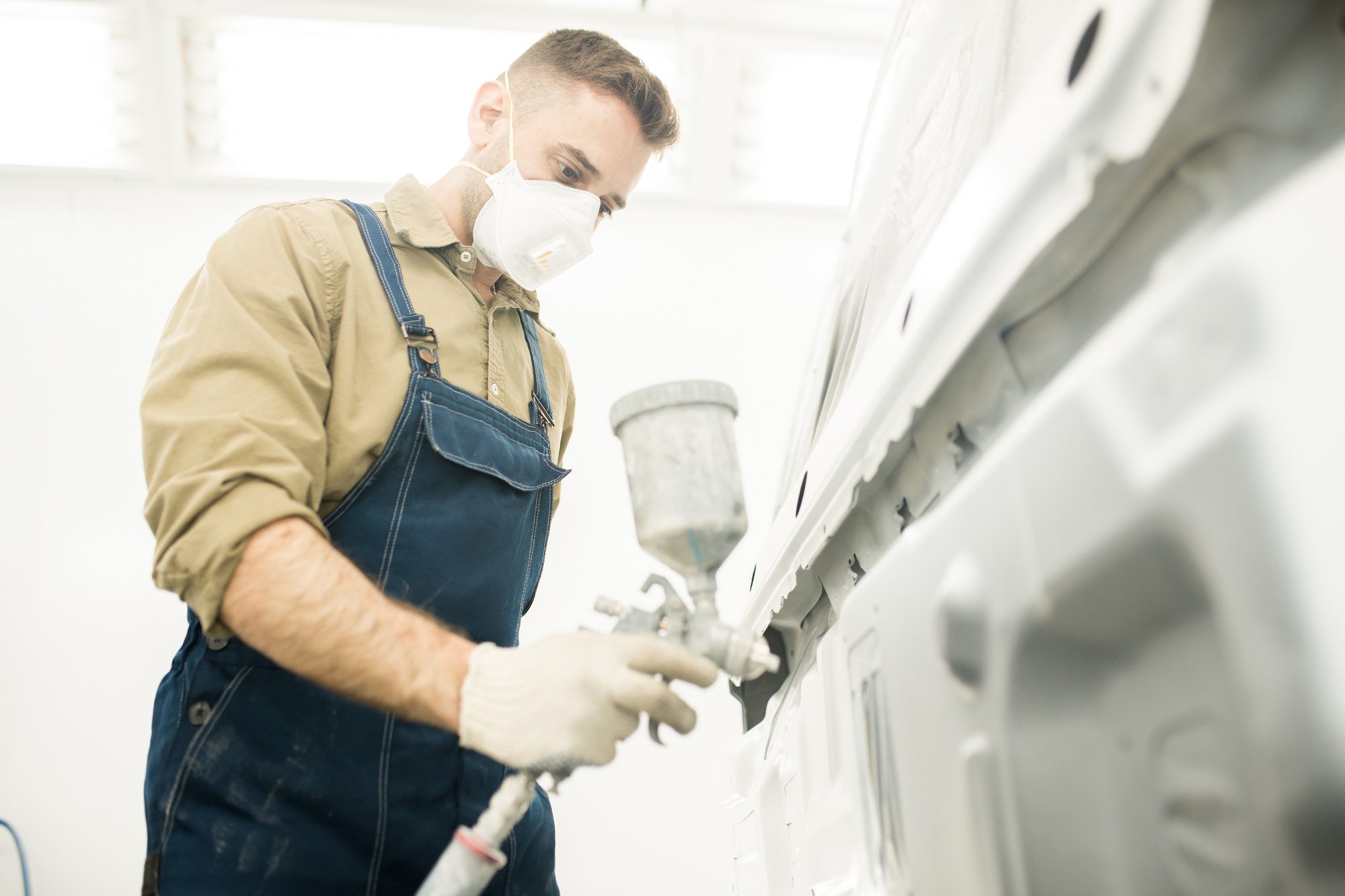The history of automotive paint may not sound like an exciting topic, but it’s actually got quite a history behind it – one that dates back to the Industrial Revolution. From war time to accidents, there are many factors to think about in terms of how car paint has completed its evolution throughout the years.
While most of us only think of it as it relates to auto body repair, it turns out there’s a lot more to it than that. We always use the highest quality paint here at Top Tier, which is why we found this history so interesting.
Facts About Paint
Let’s take a look at some fun facts when it comes to the history of automotive paint:
- Before 1924, the carriage-builder method (same one used for decades before that) was used to paint vehicles. Automobiles were hand-painted in the same manner as how horse-drawn carriages were painted, according to Did You Know Cars. The paints back then were natural-based using things like linseed oil and natural pigments.
- Especially with old Studebakers, it took a whopping 52 days to paint carriages by hand. There were several steps involved in the process, plus the drying times were very slow. And on top of that, the quality of the paint wasn’t very good so it didn’t last long—perhaps only a few years.
- In the 1920s, paint manufacturers started to develop nitrocellulose lacquers. But it was DuPont that actually took charge and became the leader of the nitrate movie-film manufacturing process.
- You’ve heard that chewing gum was discovered by accident. Well, same kind of thing here. An accident resulted in the discovery of a whole new type of paint. A worker at the DuPont film plant in 1921 left out a drum of gun cotton on a hot and sunny day. When it was eventually opened, workers were surprised by a clear liquid instead of cotton. This liquid thus formed the base for nitrocellulose lacquer — the most commonly used automotive finish for the following five decades.
- The Oakland became the first vehicle to be spray-painted, in 1924.
- In the 1930s, alkyd enamel and nitrocellulose lacquer were utilized in auto production. From colored lacquer bodies to black enameled fenders, these were used extensively by Chrysler, Ford and Studebaker, to name a few.
- The Europeans first developed the more durable and long lasting basecoat technology featuring acrylic urethane clear top coats. This was considered much more superior to American paints at this point in history.
- Once the late 1970s and early 1980s hit, the Europeans started emerging into the U.S. market, forcing American manufacturers and collision repairers to try and determine how this acrylic urethane worked. There were many challenges during the troubleshooting process, from dieback to mottling.
- American paint manufacturers did indeed figure the process out and were able to catch up, but they were behind the eight ball by a few years.
- Environmental regulations changed how paint technology was perceived. Now there were new words entering the industry’s vocabulary, such as federal air standards, volatile organic compounds (VOCs), catalyzed primers and transfer efficiency.
- Auto body shops were forced to meet strict air-quality standards for emissions. However, this formed a bit of a war between paint manufacturers and equipment manufacturers as both parties now had to work with the other in order to comply with new regulations.
- Paint gun manufacturers and collision repairers started to enter the arena.
- Improvements in clears, flakes, reflectants basecoats, pearls, pigments, effects and ground glass have since helped the industry progress.
Contact Top Tier Auto Body
There you have it: a brief history of the automotive paint industry. If you need paint retouching, collision repair or auto body repair, get in touch with the pros at Top Tier Auto Body. We know paint, so call us for an appointment at 469-468-9991 or complete our online form.
